by Rose Walker
Your nails are one of those things that can say a lot about you. Though small, your nails can say something about your personality, your beauty standards, and even your personal hygiene.
But still, they're probably the ones you often ignore.
Contents
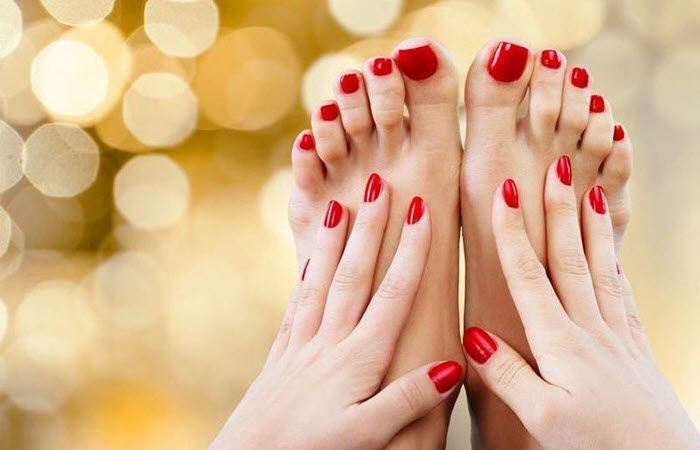
You may think that trimming or polishing them is enough to be considered "nail care." But, there are other things you can do to make them look good and improve their health at the same time.
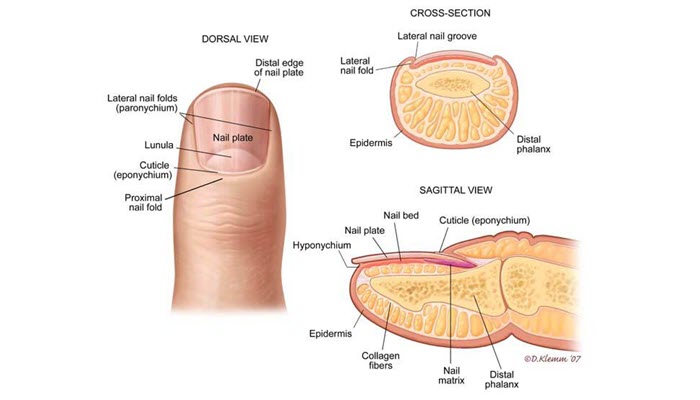
Before talking about the benefits of nail care, let's first look at the complex anatomy of our nails. This is crucial if you want them to look their best and to give them the treatment they deserve.
New nail plate cells form here. This is also where nail plates start to develop.
This is the part of the matrix that's visible to the eyes. It's an opaque or bluish white area and is usually shaped like a moon. But, it is sensitive and bruises easily since it is exposed.
This is the skin that's covering the matrix area. Some people confuse this as the cuticle.
This is the skin found under your nail. Some people think it's their cuticle so they cut this part-when in fact, it keeps bacteria and dirt out to prevent your nail from infection.
This is a thin dead nail tissue found on top of the nail plate. It makes a seal between the nail plate and the eponychium so bacteria can't enter the nail bed.
Remove it only by scraping and never pull or cut it off.
This is where nail polish is applied and nails are filed to get the perfect shape. It is a hard, flat surface of dead keratin cells to protect the soft tissues under it.
This is the soft, pinkish tissue under the nail plate. Some confuse it with the actual plate.
This stops pathogens and bacteria from entering the nail bed. It is a soft tissue that's found under your nail bed and goes up to your finger.
This group of tissues can be found behind the hyponychium and is visible when you look at your nails. It starts just before the nail plate and goes beyond the nail bed.
It's another form of cuticle that prevents the nail bed from getting infected by keeping pathogens away. It gradually separates from the hyponychium and attaches itself to your nail plate.
It has a big role in your nails although it can't be seen by the eye. It supports the nail bed and the matrix and determines the natural curvature of your nails.
These are two of the most common words in nail care. They're used to be seen as a luxury but today, people get them regularly to have their hands and feet as healthy as possible.
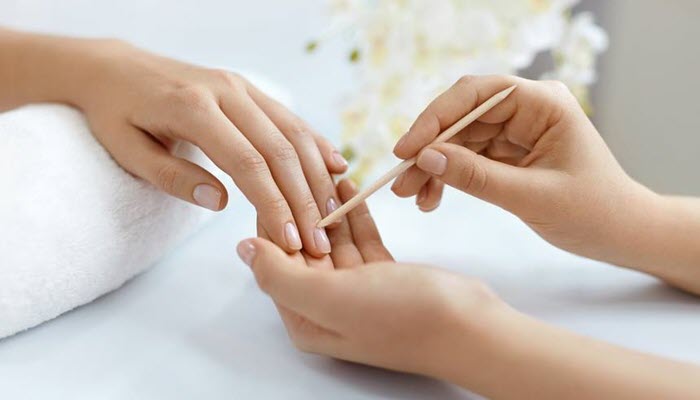
They clean, moisturize, and treat the hands while trim, buff, and shape the fingernails down. You can have them done at a nail salon or at home, and have them in the style you like.
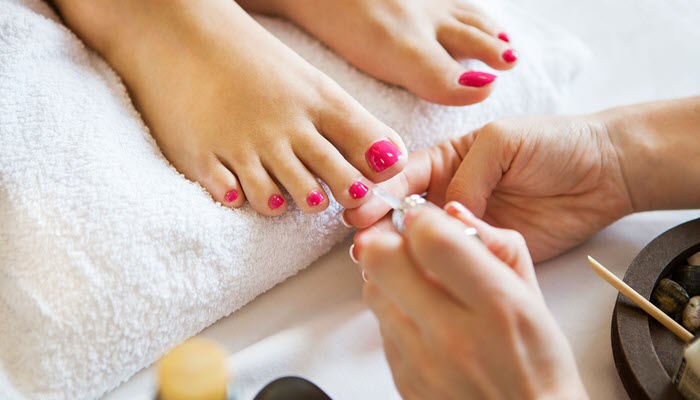
Meanwhile, pedicures are cosmetic treatments done to your feet. They focus on your calves, feet, and toenails, and can include treatments like trimming, buffing and exfoliating.
Pedicures can help remove ingrown toenails, dead skin, and callouses. And just like manicures, you can choose from different options based on what you prefer.
People get manicures and pedicures because they make your hands and feet look pretty. But, here are the other benefits you can get from regularly doing these important nail cares:
Your feet are prone to having fungal infections, especially when exposed to moist areas.
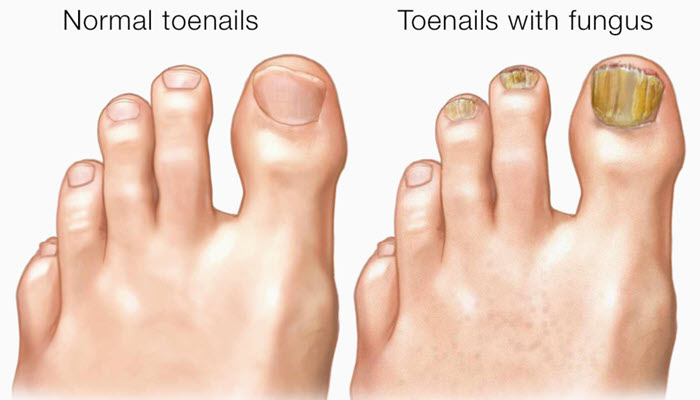
These can be prevented by having regular pedicures. And, if you pay close attention to changes to your feet, you can prevent fungal infections from worsening.
A relaxing manicure and pedicure help balance your mental health. They can make a big impact on your mood-they may even boost your self-confidence knowing how good your nails look.
A good manicure and pedicure always come with a massage. A massage has many benefits like relieving sore muscle and improving blood flow.
Your hands are exposed to bacteria and dirt every day. Regular manicures and pedicures help keep them clean and remove dead skin cells to give nails a fresh and clean surface.
There are a lot of ways to take care of your nails. Here are some of the best nail care tips that you can do at home:
There are two ways to use gloves in nail care:
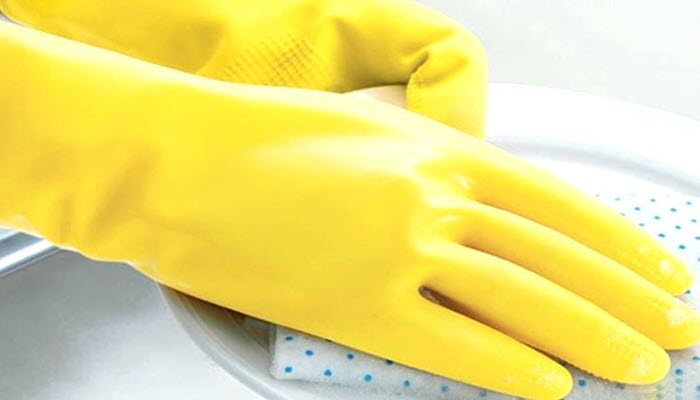
First, use gloves when washing or doing something involving a drying agent. On the other hand, apply some moisturizer to your hands and put the gloves on before going to bed.
This helps hydrate them so you'll have fresher hands and nails when you wake up.
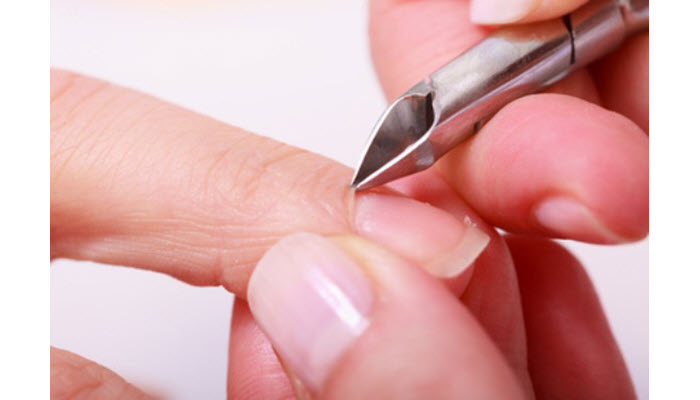
Ignoring or not treating your cuticles properly will give you a manicure that doesn't look good. Since they're dead skin, scraping them off gives you a smooth base to easily paint your nails.
Don't wash your hands after applying sunscreen!
Your hands need it, too. In fact, this report by the Skin Cancer Foundation shows that wearing an SPF 16 sunscreen is enough to reduce melanoma by 50 percent.
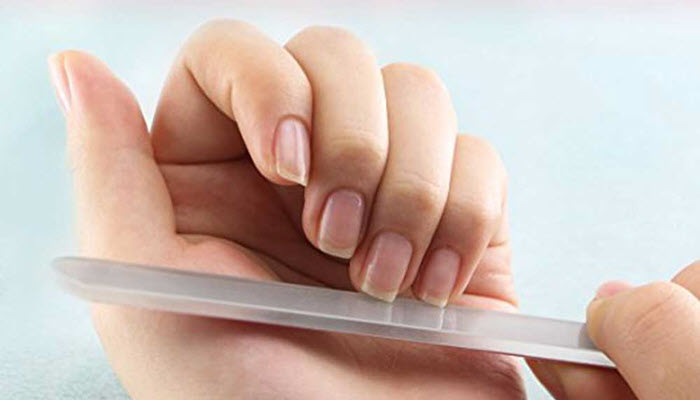
While emery boards get the job done, they can also tear your nails. Switch to glass files which are more durable and easier to use-you can even use them as a buffer for that glossy finish!
Usually, long nails mean unhealthy nails. Trimming your nails at least once a week prevents the thinner end of the nail from getting too flimsy-making it strong in the process.
Some ingredients in nail products are actually bad for the nails. These include Dibutyl Phthalate, Toluene, and Formaldehyde that can cause chipping and breakages.
Having a healthy diet results in beautiful nails. To strengthen your nails, go for foods rich in omega-3 like eggs, walnuts, or salmon.
Our nails make up a small part of our identity. However, treating them right will allow us to reap the benefits of nail care like avoiding fungal infections and preventing certain diseases.
 |
 |
 |
 |

About Rose Walker
Rose Walker has worked as a nail artist for over 10 years. She's gained a lot of experience and developed her own unique style during that time. When she was working at a famous nail salon, she met Shirlyn. The two of them quickly became friends, and eventually decided to start their own website together. Naildesignideaz is the result of their collaboration - it's a website where they share their experience and offer tips on how to create beautiful nails.
 |
 |
 |
 |
Popular Posts